panax ginseng powder ginsenosides CAS NO.90045-38-8
- FOB Price: USD: 16.00-16.00 /Kilogram Get Latest Price
- Min.Order: 1 Kilogram
- Payment Terms: L/C,D/A,D/P,T/T,
- Available Specifications:
A(1-25)Kilogram
- Product Details
Keywords
- ginseng
- ginsenosides
- panax ginseng
Quick Details
- ProName: panax ginseng powder ginsenosides
- CasNo: 90045-38-8
- Molecular Formula: C15H24N2O
- Appearance: Yellowish fine powder
- Application: health food
- DeliveryTime: 5days
- PackAge: Food grade multiplayer polyethylene ba...
- Port: Dalian
- ProductionCapacity: 1000 Kilogram/Month
- Purity: 10%-80%
- Storage: Store in a cool dry place, avoiding su...
- Transportation: DHL/by sea
- LimitNum: 1 Kilogram
- Plant of Origin: ginseng
- Testing Method: UV/HPLC
- Product Ecification: 10%-80%
- Heavy Metal: 10ppm
- Voluntary Standards: USP
Superiority
Ginseng Extract
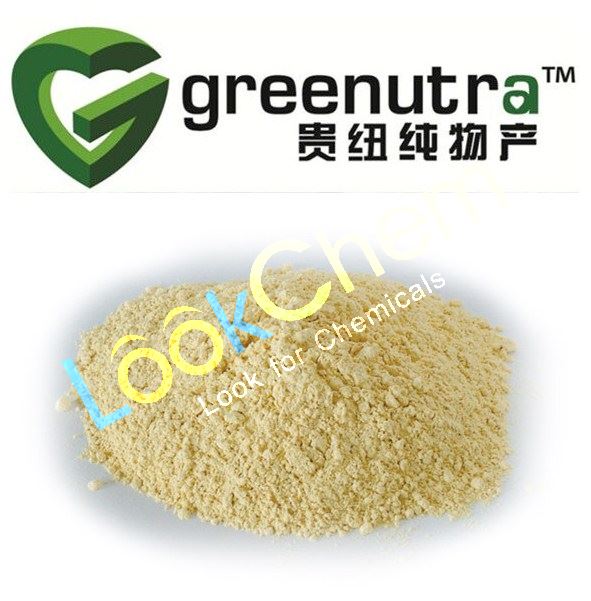
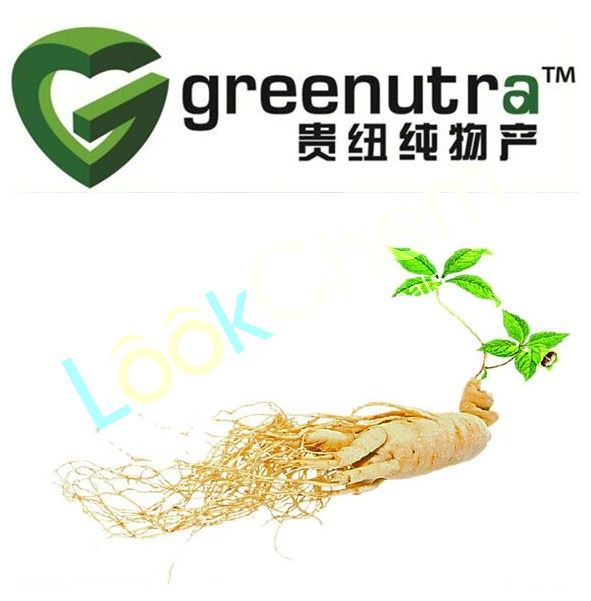
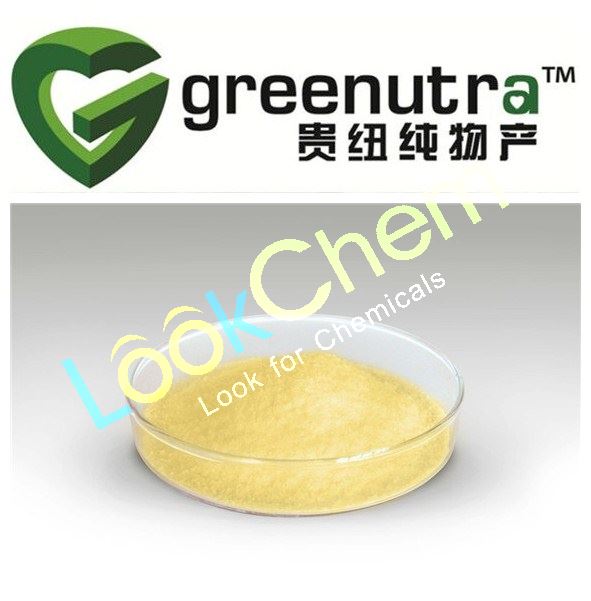
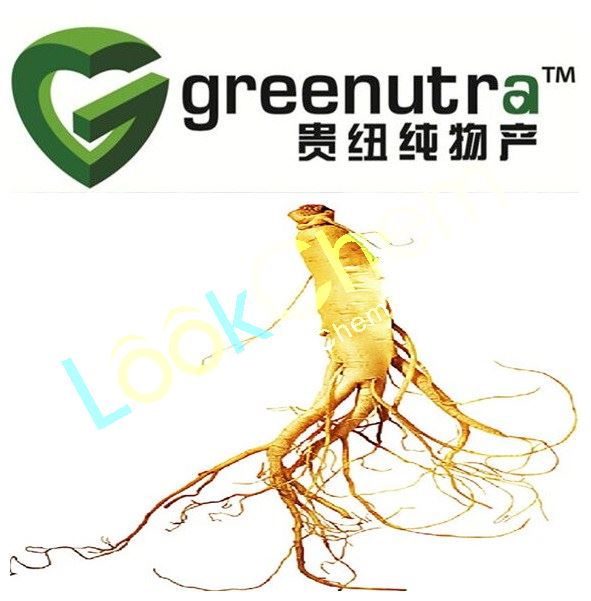
panax ginseng ginsenosides
Latin name:Panax ginseng C. A. Mey.
Active ingredients:Panaxoside Rb1 Panaxoside Rb3 Ginsenosides
Origin:Ginseng root or Stems and leaves
Specification:10%/20%/50%/80% Ginsenosides
Appearance:Faint yellow powder
Odor: Characteristic
Extract Method:Grain alcohol
Test Method:UV-VIS
Ginseng, a medicinal herb, has long been used in the Far East, particularly in Korea and China as a respected
herbal medicine in maintaining physical vitality. In Aisa, particularly, Panax ginseng C.A. Meyer is considered to
be the most precious plant among herbs, and ginseng has been in the spotlight worldwide.Even in the Western
world, where there are greatly advanced research facilities and highly qualified man-power available, and are regarded to be capable of conquering any hard-to-cure ailments.
Main Function :
a. The root of the ginseng plant hasbeen used in China, Japan, and Korea for many centuries as abenefit in psychiatric and neurological conditions, and for enhancing vitality.
b. Effectively treats circulation problems,fatigue, lack of energy, stress, anxiety and problems with sleep.
c. Effect of Panax ginseng on forcedimmobility time & immune function in mice.
Main Application:
a.With immunity, improving NK fine jilt activity and the transformation of lymphocyte
b.Inhibit tumor cells, and destruction
c.Improve liver detoxify ability, strengthens the liver cell, kupffer cell phagocytosis function
d.Reduce blood sugar and glycogen.
History
Ginseng is perhaps the most widely recognized plant used in traditional medicine and now plays a major role in the herbal health care market. For more than 2,000 years, various forms have been used medicinally. The name Panax derives from the Greek word for “all healing,” and its properties have been so touted. Ginseng root's man-shaped figure (shen-seng means “man-root”) led proponents of the doctrine of signatures, an ancient European herbalist’s philosophy, to believe that the root could strengthen any part of the body. Through the ages, the root has been used in the treatment of asthenia, atherosclerosis, blood and bleeding disorders, and colitis, as well as to relieve the effects of aging, cancer, and senility.
Evidence of the root's general strengthening effect has been examined for its ability to raise mental and physical capacity, as well as its protectant effect against diabetes, neurosis, radiation sickness, and some cancers. Today, its popularity is widely due to the adaptogenic or stress-protective effect of the saponins.
Chemistry
Major compounds in ginseng include triterpene saponins, polyacetylenes, sequiterpenes, polysaccharides, peptidoglycans, nitrogen-containing compounds, and other compounds, including fatty acids, carbohydrates, and phenolic compounds. The triterpene saponins are considered the most active compounds, and some estimates report up to 150 different ginsenosides, grouped into either dammarane or oleanane groups. Many analytical methods have been described and standards published. The European Pharmacopoeia requires a minimum of 0.4% combined Rg1 and Rb1 ginsenosides, while the Chinese Pharmacopoeia requires ginseng radix (dry root) to have not less than 0.3% Rg1 and Re combined ginsenosides and not less than 0.2% Rb1.
Most traditional ginseng herbal preparations contain ginsenosides. However, a commercially available product, known as CVT-E002, a patented aqueous extract of approximately 80% to 90% poly-furanosyl-pyranosyl-saccharides from the roots of North American ginseng (P. quinquefolius ), does not contain ginsenosides. Adulterants are commonly found in ginseng preparations due to the high cost of authentic ginseng roots, and the presence of natural methylxanthines may also contribute to some reported physiological effects.
Variances in cultivation and processing methods, as well as the individual genetics of each plant source, result in varying chemical compositions among commercial products. This may contribute to the lack of consensus among studies on the pharmacology and efficacy of ginseng and should be considered when conducting and interpreting research. A second factor that may have produced erratic results is the discovery that ginsenosides are metabolized extensively by the human gut microflora and that some of the metabolites are pharmacologically active. Colonic bacteria can remove the 3 sugars from ginsenoside Rb1 in stepwise fashion, and the deglycosylated compounds are then esterified in the liver with the fatty acids stearic, palmitic, and oleic acid. These esters persist in the liver for as long as 24 hours.Thus, differences in an individual's gut flora may lead to differing pharmacological responses to ginseng preparations.
Ginseng Uses and Pharmacology
Reviews of the effects of ginseng have been published. Most studies have used whole-root preparations, with considerable variations due to uncertain species identification, age of the roots, and curing process used. Variations in saponins between the species also may contribute to the lack of consensus among researchers on ginseng's pharmacology.
Details
PACKAGING

FACTORY



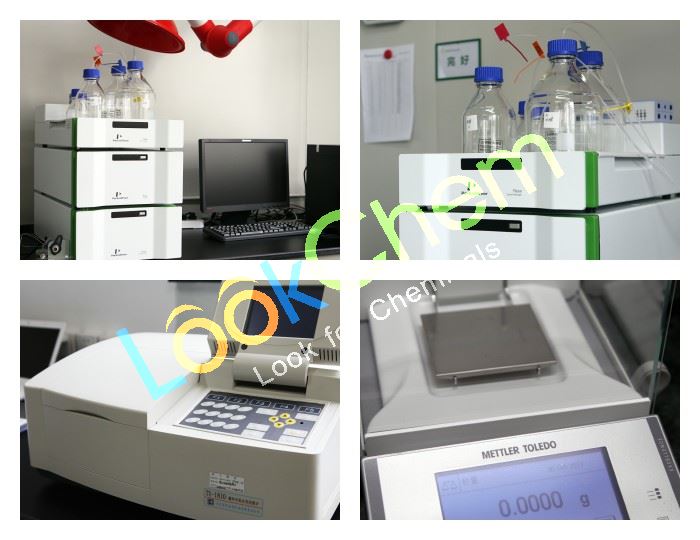
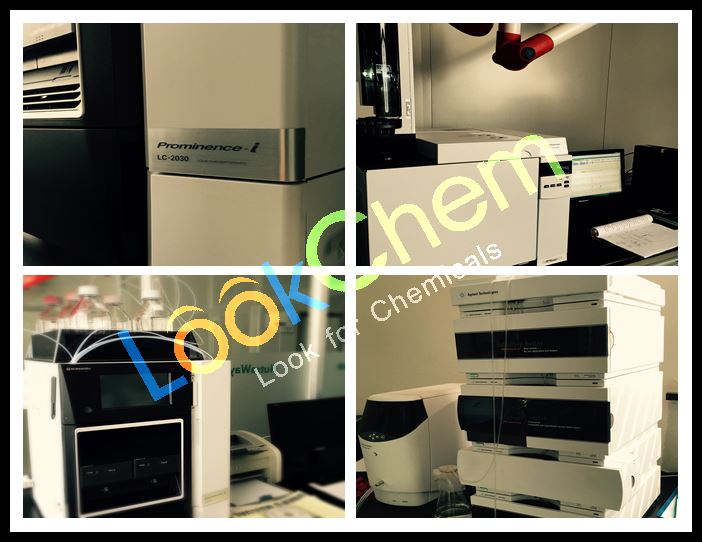

FAQ
If you have any question when you contact or before place an order to us, please first check the below information for reference. You can find information that can help you decide whether your product or related accessory needs service, and see what service options are available to you.




 Premiumsupplier
Premiumsupplier


